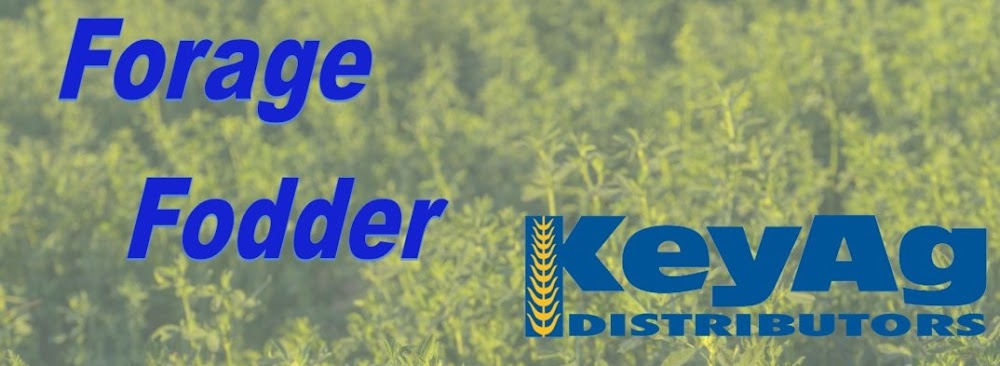Drivers for the hay industry include favorable export prices, lower inventories and weather.
- Hay export prices start at $270 per ton for the new alfalfa crop, and elevated prices are likely to remain.
- Weather conditions delayed first hay cuttings in most of the Northwest by at least two weeks.
- May 1 on-farm inventories for the Northwest fell by 510,000 tons of hay year over year.
Northwest Situation
Weather delays in first cutting and lower hay inventories support elevated hay prices. On average, Northwest hay prices are $100 higher per ton than in 2021, averaging over $300 per ton for fair quality or better alfalfa. Elevated prices in the Northwest are likely to stay for the rest of 2022. Some producers with quality irrigated crop land switched from growing alfalfa or forage crops to different crops. Some quality irrigated crop acres that were used for hay transitioned to wheat and small grains acres so producers could capitalize on higher price ceilings and lower input costs. On-farm hay stocks fell from 1.89 million tons on May 1, 2021, to 1.38 million tons on May 1, 2022 (27% annual decline). First cuttings across the Northwest have been delayed due to sporadic rains or drought conditions. The combination of fewer hay acres, lower on-farm stocks and delays in new crop first cuttings will support higher hay prices into 2022.
Northwest All Alfalfa Price
In Idaho, wet weather delayed first cutting and the crop was lighter than it is in a normal growing year. Much of the uncontracted first cuttings went to haylage due to rain damage. Yields for first cutting were down and triticale yields fell 8.3% year over year. When crop plans were developed in the spring, many producers in Idaho were concerned about irrigation availability. In turn, many decided against planting corn for silage and planted wheat acres, which require less water and uses less fertilizer. Prices for feeder hay are starting at $300 per ton, $325-$350 per ton for dairy quality, and $60-$72 per ton for haylage, nearly double the cost compared to average hay prices. A decrease in hay acres coupled with low hay inventories and high feed prices will maintain heightened hay prices in Idaho.
In Montana, a cool, dry spring has left 44% of Montana in moderate drought for the second consecutive year. Weather across the state has been less than ideal for forage growth, with 43% of Montana pastures in poor or very poor condition, more than double the acres in 2020. Many pastures aren’t ready for cattle to be turned out as of Mid-June and producers in these areas are supplementing forage with hay, furthering increasing the demand for limited supplies. Optimism for the growing season and hay price varies by region and drought conditions. Rainfall in Mid-June eased drought concerns and improved hay conditions in eastern and southern Montana, decreasing the new crop hay price for these regions. In drought-stricken regions like northern and central Montana, producers are at least one to two weeks out from first cuttings with hay prices starting at $225 per ton. Producers in areas of drought will be impacted the most, and those who grow hay to feed their own cattle will be faced with the difficult decision to buy expensive hay (to make up for production shortfalls) or liquidating parts of their herd.
In Washington, dairy and export quality hay is trading at over $100 per ton higher than a year ago, but exportable alfalfa is difficult to come by due to intermittent rains. Normally, producers would have started second cutting for alfalfa by the end of June. However, below-average temperatures and frequent storms have delayed first cutting with hay growers finishing their first cuttings in late June. Hay prices are higher than last year across the board. Export quality new crop was trading at $325-$330, up $105 from last year. New crop alfalfa in fair condition is starting at $270 per ton, up 58%.
Cattle
Exports
Demand for Northwest hay exports in a normal year will soften in the spring, but demand has remained robust this year. Export costs have accelerated, impacted by higher trucking and freight costs. Ocean freight costs have increased due to rising fuel prices, and producers are paying more to guarantee their hay and straw will be shipped. With limited shipping options, it’s no longer a decision around which shipping option is the most economical, instead producers need to pay more to ensure that their hay is getting shipped in a timely manner.
Alfalfa exports have been strong in 2022 with sizable exports gains in the first four months to Asia. China increased alfalfa exports by 113,640 tons since 2020, up 32.8%. The U.S. was able to capture a larger portion of the Chinese market after ongoing hay disputes between China and Australia caused China to look for new trade partners. Seasonal alfalfa and grass exports to the Middle East declined by 73,733 metric tons compared to 2021. Overall, U.S. alfalfa shipments were stable year over year. Following strong 2021 growth, Grass exports fell by 25,745 metric tons, but are 3% higher than pre-pandemic exports.
U.S. Alfalfa Exports (January-April)
U.S. Grass Exports (January-April)



.jpg)
.jpg)

No comments:
Post a Comment